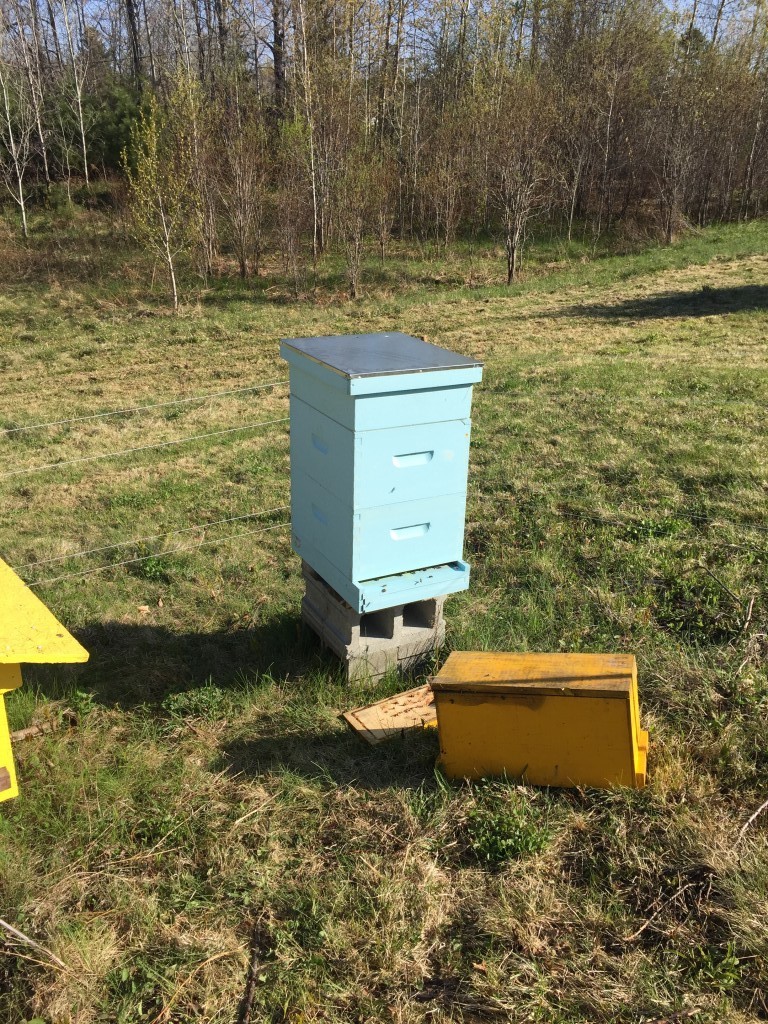

The operators of networks using these addresses can be found using the RIR Whois servers listed in the IANA registry. These should never be source or destination addresses. There is no IPv4 equivalent, but 192.88.99.0/24 has been reserved as the 6to4 relay anycast address prefix by the IETF. As the IPv4 address of the gateway router is used to compose the IPv6 prefix, it is possible to reverse the process and identify the IPv4 address, which can then be looked up in the relevant Whois Database. They should not be used as source or destination addresses.Ī 6to4 gateway adds its IPv4 address to this 2002::/16, creating a unique /48 prefix. It is possible to reverse the process and identify the IPv4 address of the relay server, which can then be looked up in the relevant Whois Database. The address is formed using the Teredo prefix, the server’s unique IPv4 address, flags describing the type of NAT, the obscured client port, and the client IPv4 address, which is usually a private address. This is a mapped address allowing IPv6 tunnelling through IPv4 NATs. Routers must not forward IPv6 packets if the source or destination contains a link-local address. May appear as the source or destination of an IPv6 packet. They do not need to be unique outside of that link. Used on a single link or a non-routed common access network, such as an Ethernet LAN. Here I am creating IPv6 Link-Local Address with network adapter MAC address (Network adapter can be physical or virtual), MAC addresses are 6 bytes (48-bits) in length, I will convert it to 128 bit IPv6 address, Here is the formula for the same, For example I have. Reserved for local use in home and enterprise environments (not public address space). Note: Link-local addresses are not necessarily bound to the MAC addresses. However, you can search for the mapped IPv4 address in the relevant Whois Database. One use for this is in a dual-stack transition scenario where IPv4 addresses can be mapped into an IPv6 address. Used to embed IPv4 addresses in an IPv6 address. This often happens when one program sends data to another. This address is used when a host talks to itself over IPv6. Perhaps read 40 bits from /dev/random.This address may only be used as a source address by an initializing host before it has learned its own addresses. If you are using something else, don't use a purely MAC address based scheme.

Certainly you can find implementations of this already written if you do not want to write code. But also generating one with the same NTP timestamp is extremely unlikely. Possible that someone else could have the same MAC address, by not re-addressing a VM or the NIC vendor making a mistake. The suggested algorithm uses commonly available primitives as inputs, to be reliably unique. IDs use a functionally similar algorithm to ensure there is a high It is important that all sites generating Global Locally assigned Global IDs MUST be generated with a pseudo-randomĪlgorithm consistent with. From section 3.2.1 immediately before that: Technically, that algorithm is not required. Non MAC derived will not have any randomness, fe80::1 is used as everyone's gateway in some networks. Regarding getting some bits from a link local address, not all addresses are suitable for that. Would it be acceptable to take the Link Local Address (Mac derived) and replace the first octet to convert it to ULA? ID to create a Local IPv6 address prefix.
CONVERT MAC ADDRESS TO IPV6 LINK LOCAL SERIAL
Local to the node, should be used (e.g., system serial number).ģ) Concatenate the time of day with the system-specific identifierĤ) Compute an SHA-1 digest on the key as specified in ĥ) Use the least significant 40 bits as the Global ID.Ħ) Concatenate FC00::/7, the L bit set to 1, and the 40-bit Global If an EUI-64Ĭannot be obtained or created, a suitably unique identifier, If an EUI-64 does not exist, one can be created fromĪ 48-bit MAC address as specified in. Ģ) Obtain an EUI-64 identifier from the system running thisĪlgorithm. Used in the appropriate prefix as defined in Section 3.2.ġ) Obtain the current time of day in 64-bit NTP format. In each case the resulting global ID will be The algorithm described below is intended to be used for locallyĪssigned Global IDs.
CONVERT MAC ADDRESS TO IPV6 LINK LOCAL CODE
Sample Code for Pseudo-Random Global ID Algorithm Do I have to follow this algorithm or is an arbitrary ULA valid? 3.2.2. RFC4193 contains pseudo code for generation of IPv6 ULA (Unique Local Address).


 0 kommentar(er)
0 kommentar(er)
